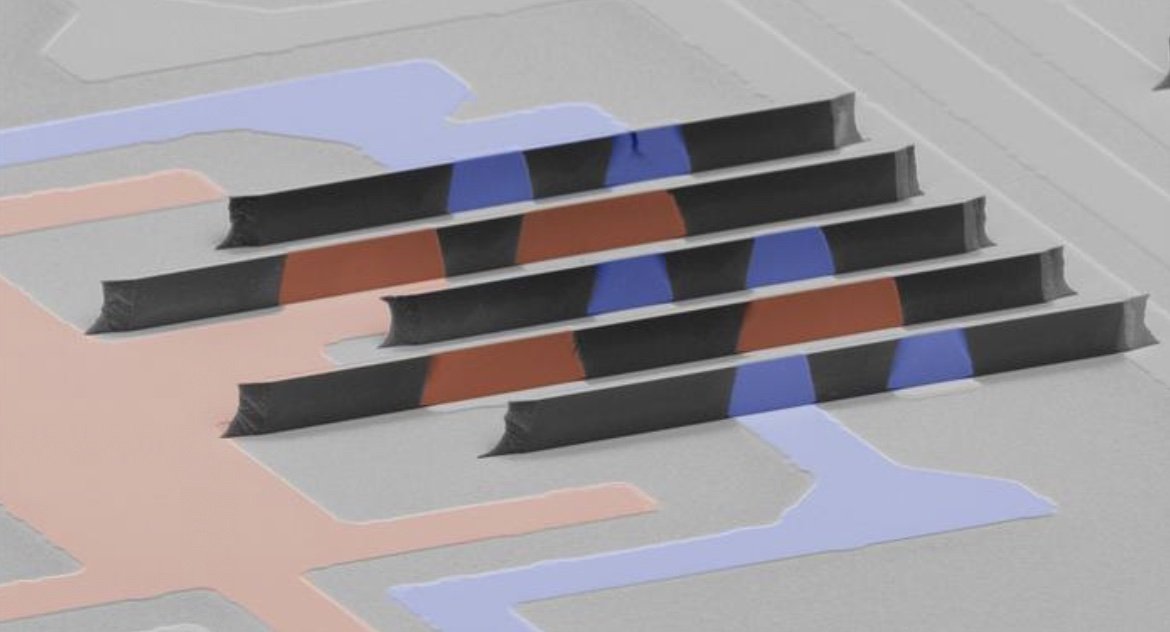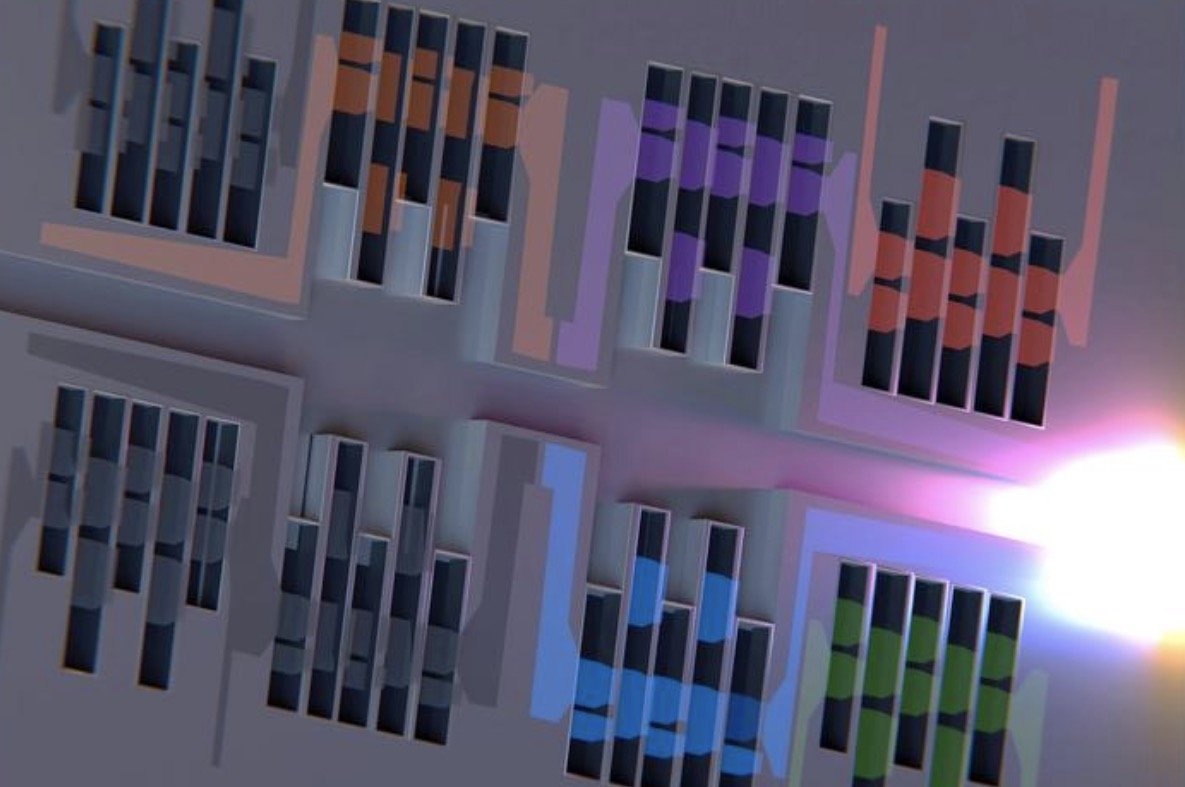Researchers have made a wireless communication breakthrough by using semiconductor technology to produce three-dimensional processors, which they say are capable of greatly improving methods of transmitting large amounts of data globally.
Funded by the Defense Advanced Research Projects Agency (DARPA), the innovation was reported by scientists at the University of Florida, who say it could fundamentally reshape the current wireless communication landscape.
Existing means of wireless communication primarily use what are known as planar processors, which are two-dimensional structures that are thus limited in terms of their ability to operate in the electromagnetic spectrum.
Enter semiconductors, which are unique materials that, as their name entails, possess electrical conductivity properties between traditional conductors and insulators. The level of resistivity these materials possess is usually governed by temperature, which is the opposite of how metals behave. Such unique properties allow them to be employed in ways that extend the capabilities of traditional electrical components.
Now, by leveraging the capabilities of semiconductors, the team at the University of Florida says they have successfully taken wireless communication to a new dimension in the most literal sense, with the creation of three-dimensional processors capable of fundamentally reshaping the future—and effectiveness—of data transmission.
According to Roozbeh Tabrizian Ph.D., who led the team behind the achievement, their creation of three-dimensional processors is a game-changing development in the evolution of wireless communication technologies, particularly with a growing reliance on the transmission of information in near real-time, as well as the implementation of AI and other information technologies.
“The ability to transmit data more efficiently and reliably will open doors to new possibilities,” said Tabrizian, who is an associate professor in UF’s Department of Electrical and Computer Engineering. Tabrizian added that the technology also has the potential for “fueling advancements in areas such as smart cities, remote health care, and augmented reality.”
Existing technologies in our communications devices like smartphones transmit information by converting data into electromagnetic waves that are then propagated amidst billions of users at any given time each day. Spectral processors are used to help ensure that data is effectively and efficiently moved across various frequencies.


However, Tabrizian says that the amount of strain placed on communications technologies is approaching the maximum amount of data that can be maintained, primarily due to the limitations of two-dimensional planar processors.
“The planar structure of processors is no longer practical as they limit us to a very limited span of frequencies,” Tabrizian recently said. Add to this the growing implementation of AI in a variety of different areas, as well as other technologies that are greatly increasing the demands placed on wireless transmission technologies.
The answer to this conundrum for Tabrizian and his colleagues was the creation of a three-dimensional nanomechanical resonator, which they created using what is called complementary metal-oxide-semiconductor (CMOS) fabrication processing.
Semiconductor technologies were employed in a variety of areas by Tabrizian and his team, which allowed them to successfully integrate a variety of processors that operate at specific frequencies, all within a single chip.
The result is more than simply a processor that can transmit wireless data in three dimensions: these technologies provide performance unlike their 2D predecessors, and are inherently scalable, all while taking up less space than existing technologies
Fundamentally, the team achieved this by creating a kind of spectral processor unlike any other.
David Arnold, associate chair for faculty affairs in the Department of Electrical and Computer Engineering and a member of Tabrizian’s team, said their new technology is “truly a game changer.”
“Dr. Tabrizian’s new approach for multi-band, frequency-agile radio chipsets not only solves a huge manufacturing challenge, but it also allows designers to imagine entirely new communication strategies in an increasingly congested wireless world,” Arnold said in a statement.
“Put more simply, our wireless devices will work better, faster, and more securely,” Arnold added.
Tabrizian and his team’s research was outlined in a new paper, “Imaging circuits in three dimensions, which appeared in the journal Nature on February 20, 2024.
Editor’s Note: Similar devices that extend the capabilities of communication technologies beyond planar processing have been in use now for several years, with a notable example being FinFET technology that relies on 3D construction to fit more transistors within a smaller area, in addition to enhanced efficiency and performance.
Micah Hanks is the Editor-in-Chief and Co-Founder of The Debrief. He can be reached by email at micah@thedebrief.org. Follow his work at micahhanks.com and on X: @MicahHanks.

